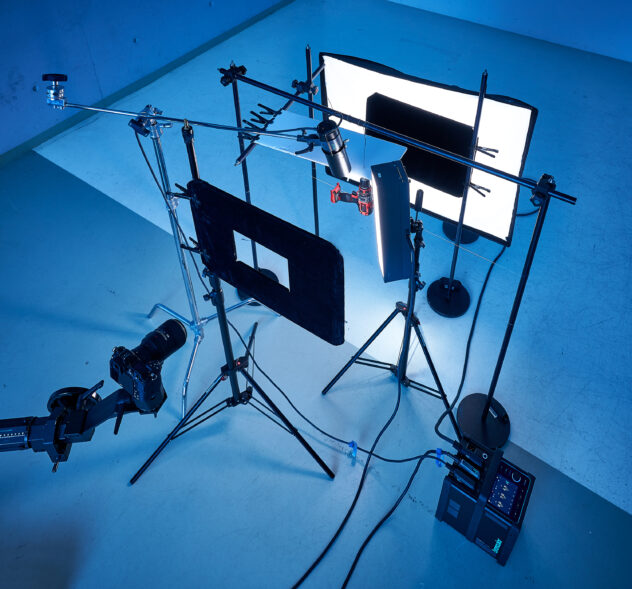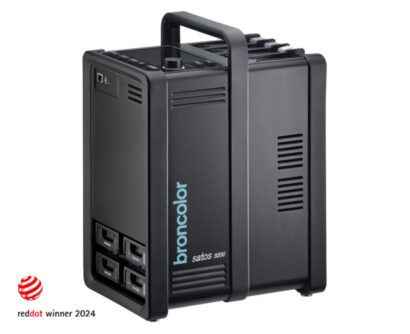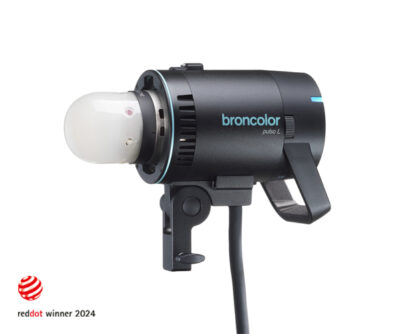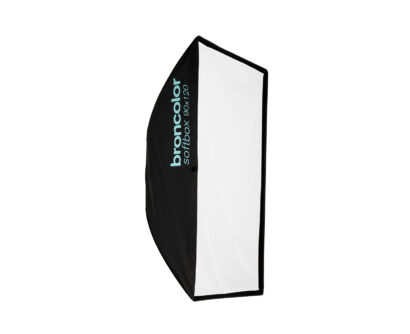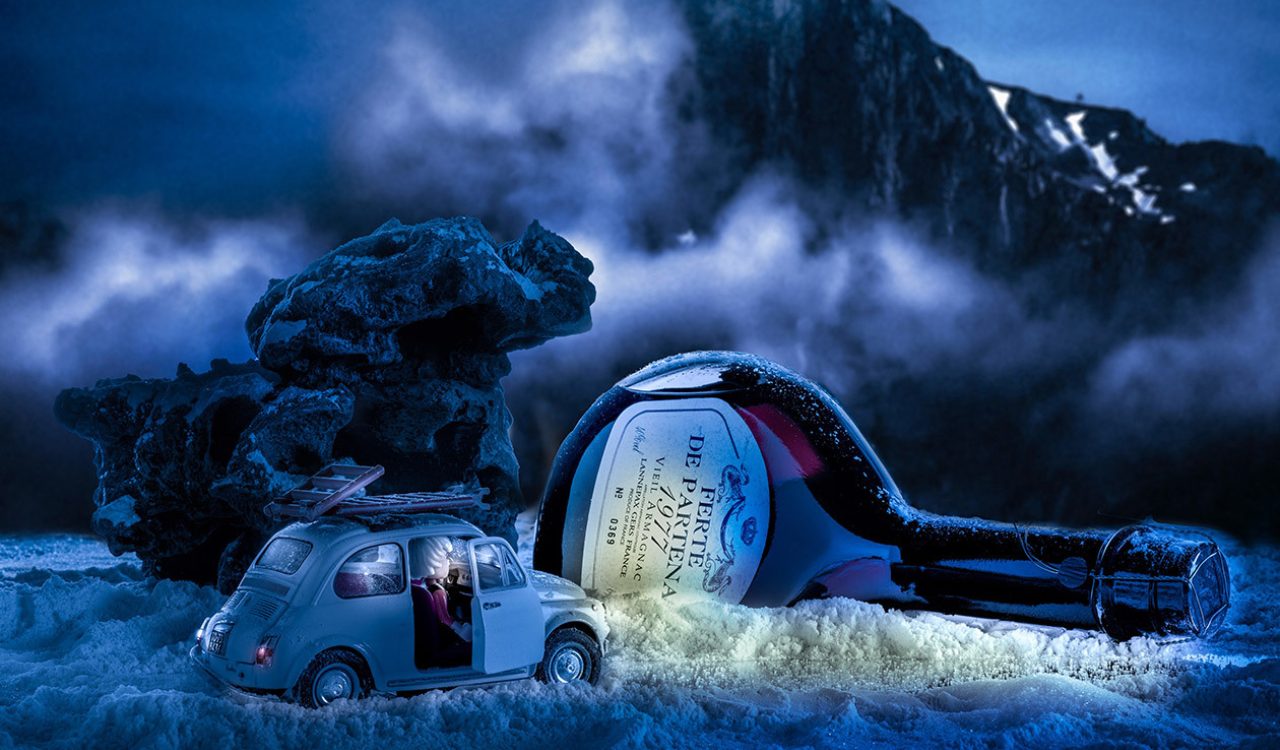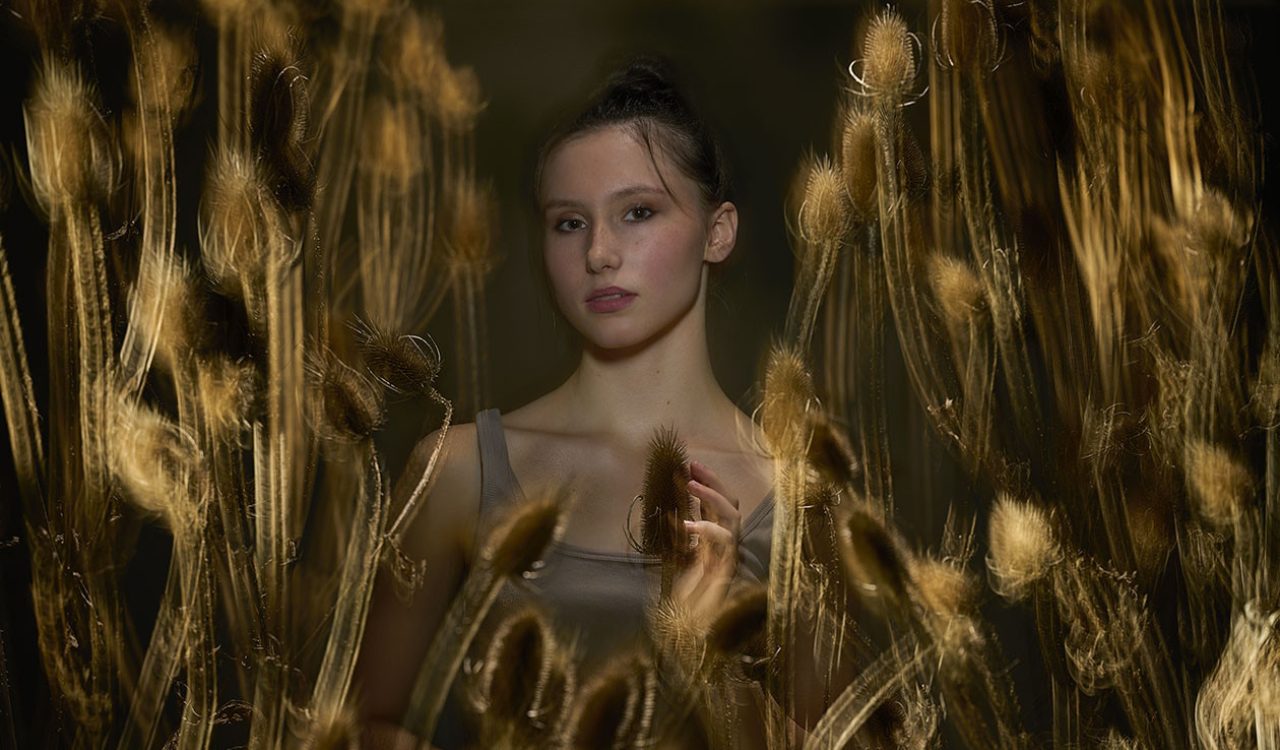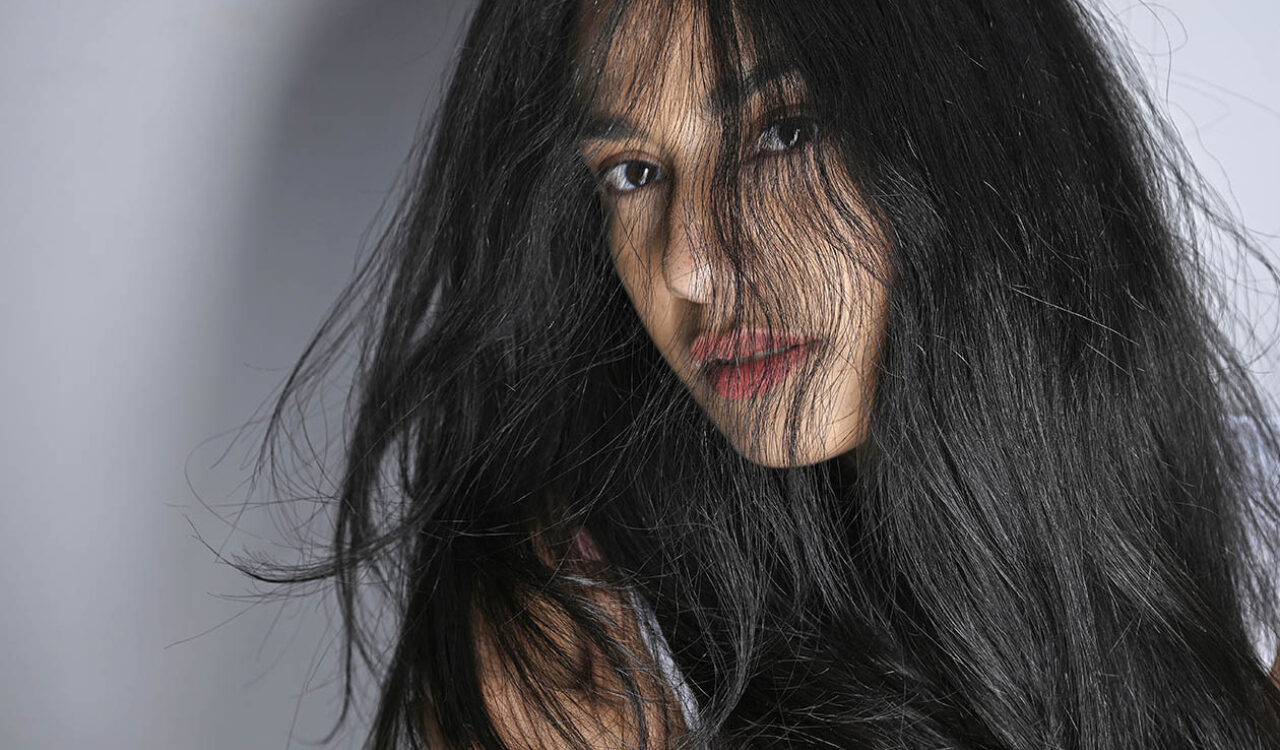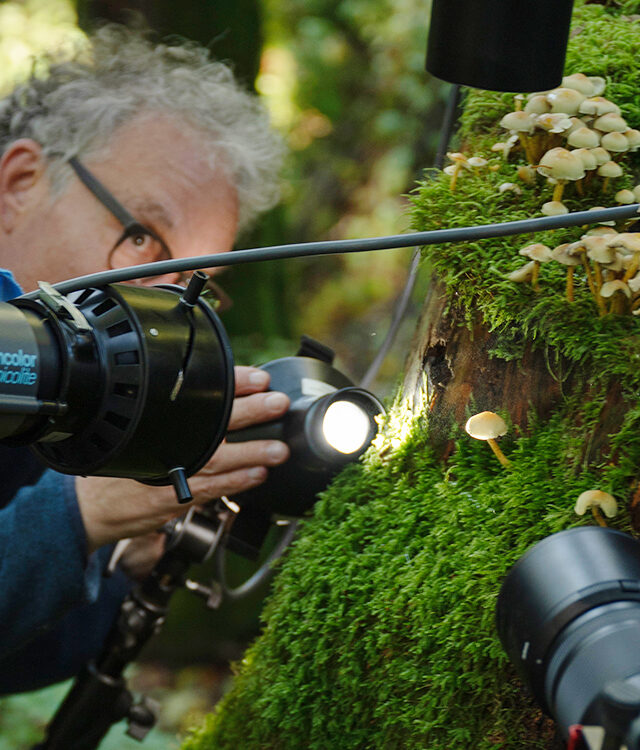Craftsman's tools do not always have to be photographed only as work equipment, but can also be shown in their aesthetics. The lighting is crucial here and requires a lot of work on the details.
In a first step, the power drill was suspended ‘’flying‘’ in the studio so that as little retouching as possible was necessary. A softbox measuring 90x120 cm was positioned around half a metre behind the object and a smaller, absolutely black ‘flag’ was mounted directly in front of the box. This creates the perfect contour light, without any interruption, from the black background.
The Striplite 60, which illuminates the mould from the right (from above in the rotated final image), can probably be described as the main light. The decisive factor in the light control is that this Striplite is used at an angle, which has several advantages at the same time: The illumination on the object becomes more homogeneous and the light harder. As a result, the surface structures are better emphasised. Finally, this creates a darker area that separates the main light from the contour.

Some parts in the area of the on/off switch are not yet illuminated and are still dark. A precise Picolite small light with a narrow honeycomb louvre attachment illuminates this area and provides a lot of surface structure. The white cardboard mounted at the top of the set provides reflections on the metal tip of the drill and the black window through which the photo is taken prevents stray light in the lens, which the strong backlight from the softbox could otherwise produce.
The photos were taken with a mirrorless full-frame camera and a focal length of 105mm. At ISO 100, aperture 16 and a shutter speed of 1/200 s were used.
